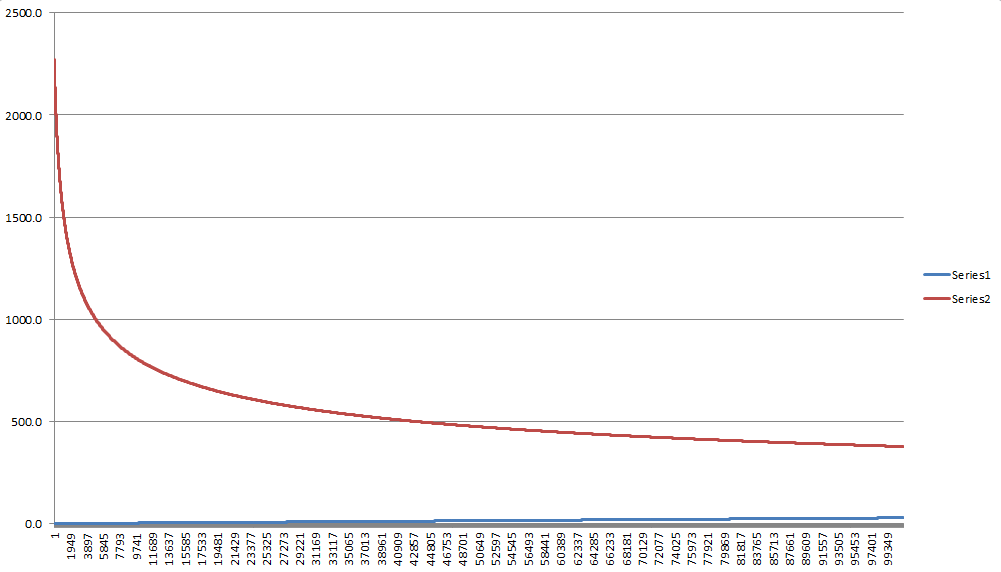The comments below until this one are a part of a pm exchange.
It’s very difficult to be an effective inventor who is also a crackpot. I like this video on that: https://www.youtube.com/watch?v=11lPhMSulSU
And how to address it: https://www.youtube.com/watch?v=Cw97Tj5zxvA
You should go to a physics forum and ask where you are wrong in this quote for example.
My attempt:
You chose a special metal, tungsten for example, that is not melted at 2000 degrees Celcius. Tungsten has an emissivity of 0.46 at 2000 degrees Celcius.
To maintain a 1 m^3 cube of tungsten at that temperature in the vacuum of space, assumed to be at absolute zero, you would use this equation:
P = A \cdot M = A \ \varepsilon\ \sigma T^4
Example calculations, with now also the equation with the temperature of the room taken into account: https://testbook.com/physics/stefan-boltzmann-law
P = eσA (T⁴ – T₀⁴)
Let’s say the cube is in an oven that has been turned off and is now at a temperature of 1950 degrees Celsius, now the energy lost through radiation is:
P = (0.46) (5.67 × 10⁻⁸ W/m²K⁴) (6\ m²) × [(2273.15 K)⁴ – (2223.15 K)⁴] = 355674\ watts
This particular oven is likely very poorly insulated if it can maintain such a temperature difference with such a hot object in it.
The oven will likely be insulated. Let’s assume its outside temperature is at 300 degrees Celsius, it has an emissivity of 0.9, and a surface area of 12 m^2, in a room at 50 degrees Celsius.
P = (0.9) (5.67 × 10⁻⁸ W/m²K⁴) (12\ m²) × [(573.15 K)⁴ – (323.15 K)⁴] = 59404\ watts


